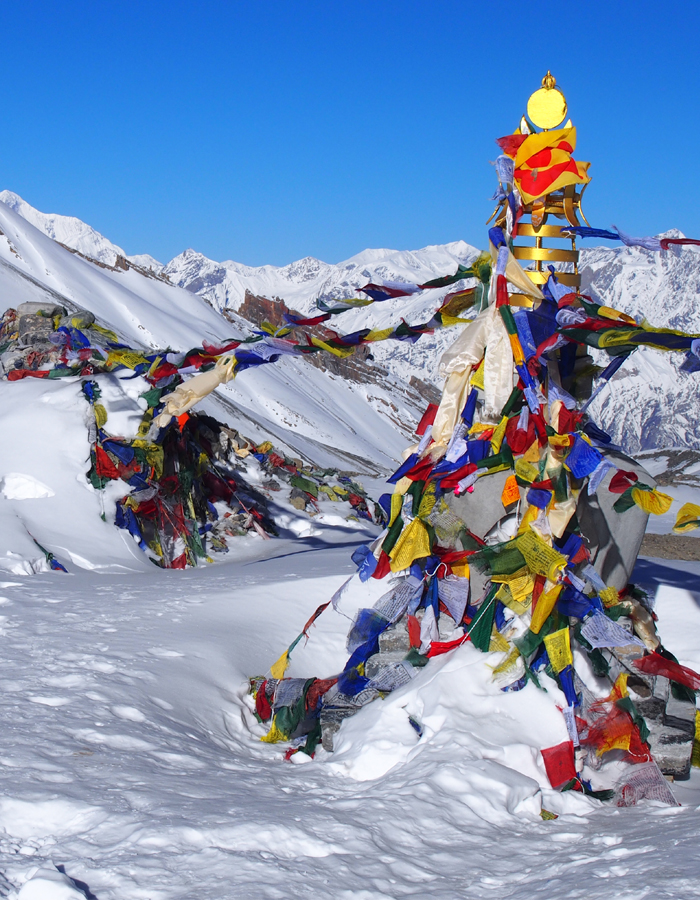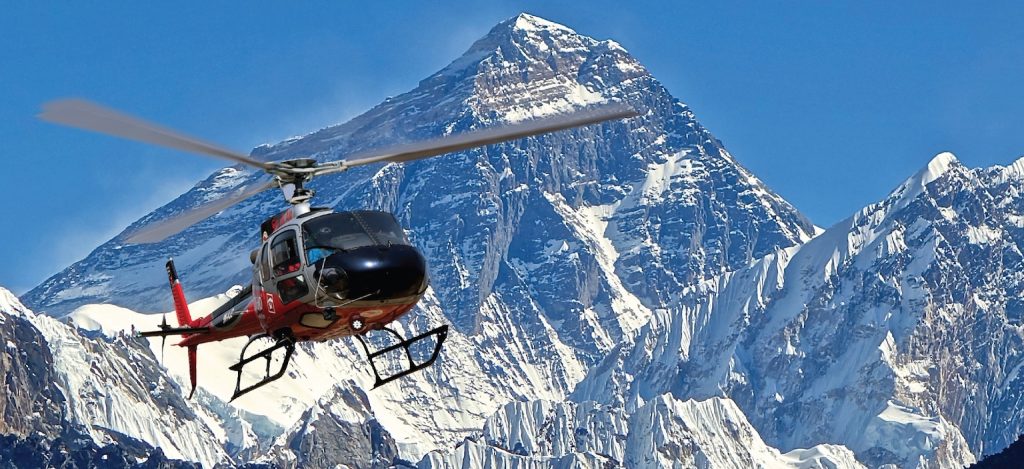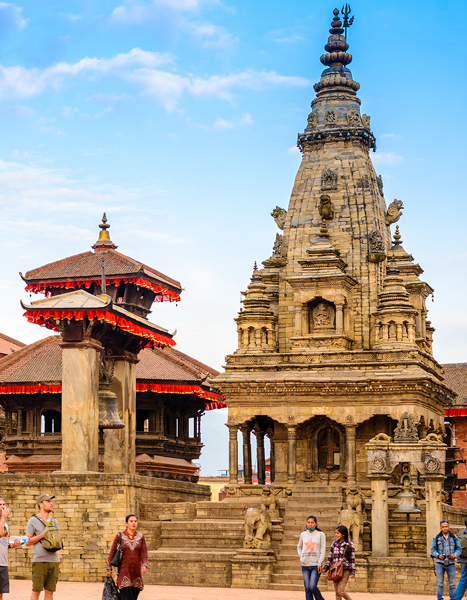Himalayan Best Holidays offers a comprehensive range of adventure and travel services in Nepal. From thrilling trekking and hiking tours to exciting jungle safaris, they provide unforgettable experiences for every traveler. Their services also include hotel bookings, air and bus ticket reservations, and more. With a focus on quality and customer satisfaction, Himalayan Best Holidays ensures a seamless and memorable journey through Nepal's stunning landscapes.




Himalayan Best Holidays Pvt. Ltd. offers tours, trekking, jungle safaris, bus tickets, and adventure activities across Nepal. Experience authentic Nepal with expert guides.
Are you planning a trip there? Nepal’s trekking routes are amazing!
Are you thinking about sightseeing options or just counting characters?
Are you interested in hiking spots or tips for Nepal?
Are you looking into adventure activities specifically in Nepal or somewhere else?
Himalayan Best Holidays Company is a fully licensed and locally owned trekking and tour operator based in Nepal. We specialize in sustainable, responsible, and immersive travel experiences across Nepal, Bhutan, Tibet, and India.
With a team of veteran tourism professionals and certified local guides, we offer a wide range of services including:
Trekking & Hiking (Everest, Annapurna, Langtang & more)
Cultural & Heritage Tours
Adventure Activities (paragliding, rafting, jungle safaris, mountain flights, zip-lining, helicopter tours)
Customized Private & Group Travel Packages

We are committed to promoting eco-friendly tourism that benefits local communities and preserves the natural beauty of the Himalayas. Our approach combines expert planning, authentic local experiences, and the highest standards of safety and comfort.
Why Choose Us?
Locally owned & operated
Experienced, responsible, and friendly team
Partnerships with global travel platforms (TripAdvisor, Viator, Get Your Guide, Klook,TourRadar)
Focus on sustainability, ethical travel, and customer satisfaction
Travel with us and experience the difference.
Of on affixed civilly moments promise explain fertile in. Assurance advantage belonging happiness departure so of. Now improving and one sincerity intention allowance commanded not. Oh an am frankness be necessary earnestly advantage estimable extensive. Five he wife gone ye.
Of on affixed civilly moments promise explain fertile in. Assurance advantage belonging happiness departure so of. Now improving and one sincerity intention allowance commanded not. Oh an am frankness be necessary earnestly advantage estimable extensive. Five he wife gone ye. Mrs suffering sportsmen earnestly any. In am do giving to afford parish settle easily garret.
Yes, you can obtain a tourist visa on arrival at Tribhuvan International Airport in Kathmandu. Most travelers are eligible for a visa upon entry to Nepal. However, citizens of a few countries are required to obtain a visa in advance before traveling.
The visa fees are as follows:
$30 USD for a 15-day visa
$50 USD for a 30-day visa
$125 USD for a 90-day visa
You can also apply for a visa online in advance at: http://www.online.nepalimmigration.gov.np/
The best time for trekking in Nepal is during the spring (March to May) and autumn (September to November) seasons, when the weather is generally clear and stable, and the mountain views are at their best.
However, trekking and travel in Nepal can be arranged throughout the year, depending on the preferences of the travelers.
High-altitude treks are best done from September to December and March to June, when the weather is favorable and the trails are more accessible.
Low-altitude or lower elevation treks can be done year-round, even during the monsoon or winter months, as these regions are less affected by extreme weather.
The best time for trekking in Nepal is during the spring (March to May) and autumn (September to November) seasons. During these months, the weather is generally stable, the skies are clear, and the views of the mountains are at their best. Spring also brings blooming rhododendrons, while autumn offers crisp air and excellent visibility. However, some treks can also be done in winter or the monsoon season with proper preparation and guidance.
Trekking in Nepal is one of the most popular and rewarding activities for visitors. It allows travelers to explore diverse regions and landscapes across the country.
Typically, trekking involves walking for about 5 to 7 hours per day, but the difficulty varies depending on the route and its grading. Treks are generally classified into different levels: easy, moderate, challenging, and demanding.
Most trekking routes range from altitudes of around 3,000 meters up to 8,848 meters (Mount Everest). While expeditions to the highest peaks are very challenging and require technical skills, most trekking routes are considered normal to moderately difficult and suitable for people with a reasonable level of fitness.
The duration of trekking in Nepal varies depending on the distance and destination. Generally, trekking trips can last anywhere from 1 to 4 weeks.
Shorter treks are often combined with city tours or explore nearby hills, while treks to high-altitude destinations like base camps usually take longer. The length of your trek will depend on the route you choose and your personal preferences.
In Nepal, hiring a trekking guide is generally highly recommended and often considered essential for most trekkers. A guide can make your trip much more informative and memorable by sharing valuable knowledge about the places you visit.
If you are an experienced trekker who has explored many parts of Nepal before, you might not necessarily need a guide. However, having a trekking guide can greatly enhance your experience. They provide important information about the route, local culture, and surroundings.
Moreover, if any issues arise during the trek—whether related to navigation, health, or logistics—a guide can help resolve them quickly and efficiently, which might be challenging to manage on your own.
Yes, Nepal is safe to travel in. Safety is a top concern for every traveler and trekker. Although Nepal experienced political unrest in the past, the Nepal Peace Agreement signed in November 2006 between the Government of Nepal and the Nepal Communist Party (Maoists) ended the conflict. Since then, Nepal has enjoyed peace and stability, including in trekking regions.
Trekking stakeholders in Nepal actively promote safety measures for visitors. With democratic governments in place following recent elections, the security situation has improved significantly. Like in any other country, petty crimes such as pickpocketing can happen, so it’s important to keep your belongings secure and take the usual travel precautions.
Yes, you should purchase medical and mountain evacuation insurance for trekking at altitudes above 5,500 meters. General travel and medical insurance is also recommended for your time in Nepal.
We suggest buying your insurance policy in your home country before arrival, as Nepal does not offer mountain rescue insurance locally. Check with your insurance provider to ensure your policy covers helicopter rescue operations above 5,500 meters.
Most villages along popular trekking routes have telephone facilities for international calls. Popular trekking areas like Annapurna, Everest, and Langtang have good mobile phone coverage. Some lodges also offer internet cafes or Wi-Fi services.
Altitude sickness is a common concern for high-altitude trekking in Nepal. There are preventive measures that trekkers should follow, such as ascending slowly, staying hydrated, and listening to your body. If symptoms occur, first aid and medication are available, and if the condition worsens, immediate evacuation to a nearby hospital will be arranged.